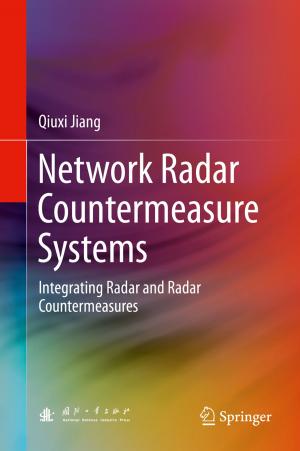Art, Cultural Heritage and the Market
Ethical and Legal Issues
Nonfiction, Reference & Language, Law, International, Social & Cultural Studies, Social Science, Anthropology| Author: | ISBN: | 9783642450945 | |
| Publisher: | Springer Berlin Heidelberg | Publication: | January 27, 2014 |
| Imprint: | Springer | Language: | English |
| Author: | |
| ISBN: | 9783642450945 |
| Publisher: | Springer Berlin Heidelberg |
| Publication: | January 27, 2014 |
| Imprint: | Springer |
| Language: | English |
In the age of economic globalisation, do art and heritage matter? Once the domain of elitist practitioners and scholars, the governance of cultural heritage and the destiny of iconic artefacts have emerged as the new frontier of international law, making headlines and attracting the varied interests of academics and policy-makers, museum curators and collectors, human rights activists and investment lawyers and artists and economists, just to mention a few. The return of cultural artefacts to their legitimate owners, the recovery of underwater cultural heritage and the protection and promotion of artistic expressions are just some of the pressing issues addressed by this book.
Contemporary intersections between art, cultural heritage and the market are complicated by a variety of ethical and legal issues, which often describe complex global relations. Should works of art be treated differently from other goods? What happens if a work of art, currently exhibited in a museum, turns out to have originally been looted? What is the relevant legal framework? What should be done with ancient shipwrecks filled with objects from former colonies? Should such objects be kept by the finders? Should they be returned to the country of origin? This book addresses these different questions while highlighting the complex interplay between legal and ethical issues in the context of cultural governance. The approach is mainly legal but interdisciplinary aspects are considered as well.
In the age of economic globalisation, do art and heritage matter? Once the domain of elitist practitioners and scholars, the governance of cultural heritage and the destiny of iconic artefacts have emerged as the new frontier of international law, making headlines and attracting the varied interests of academics and policy-makers, museum curators and collectors, human rights activists and investment lawyers and artists and economists, just to mention a few. The return of cultural artefacts to their legitimate owners, the recovery of underwater cultural heritage and the protection and promotion of artistic expressions are just some of the pressing issues addressed by this book.
Contemporary intersections between art, cultural heritage and the market are complicated by a variety of ethical and legal issues, which often describe complex global relations. Should works of art be treated differently from other goods? What happens if a work of art, currently exhibited in a museum, turns out to have originally been looted? What is the relevant legal framework? What should be done with ancient shipwrecks filled with objects from former colonies? Should such objects be kept by the finders? Should they be returned to the country of origin? This book addresses these different questions while highlighting the complex interplay between legal and ethical issues in the context of cultural governance. The approach is mainly legal but interdisciplinary aspects are considered as well.















